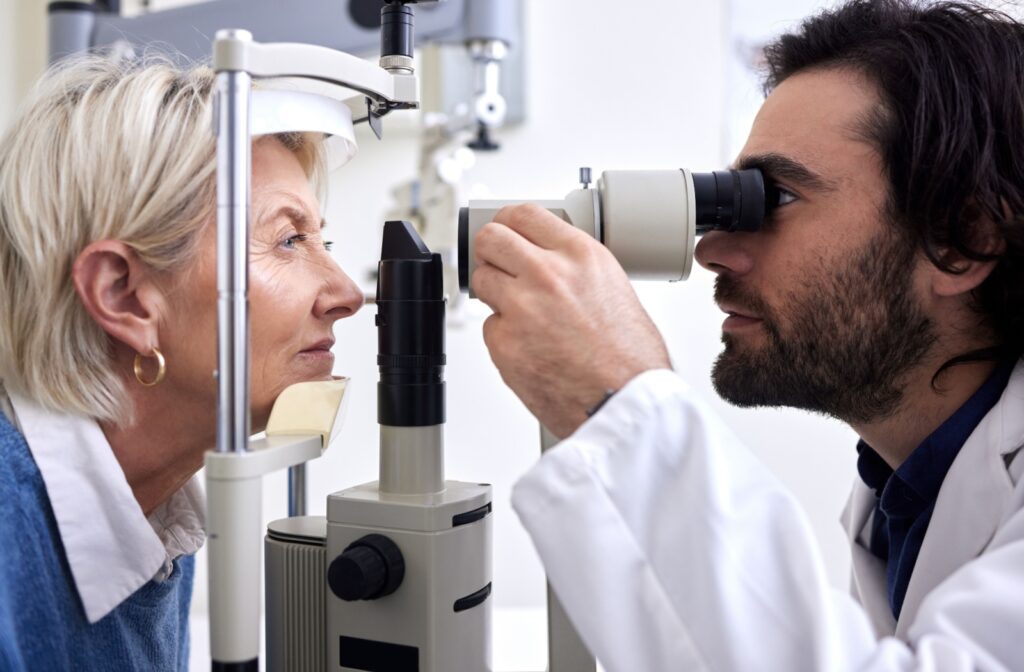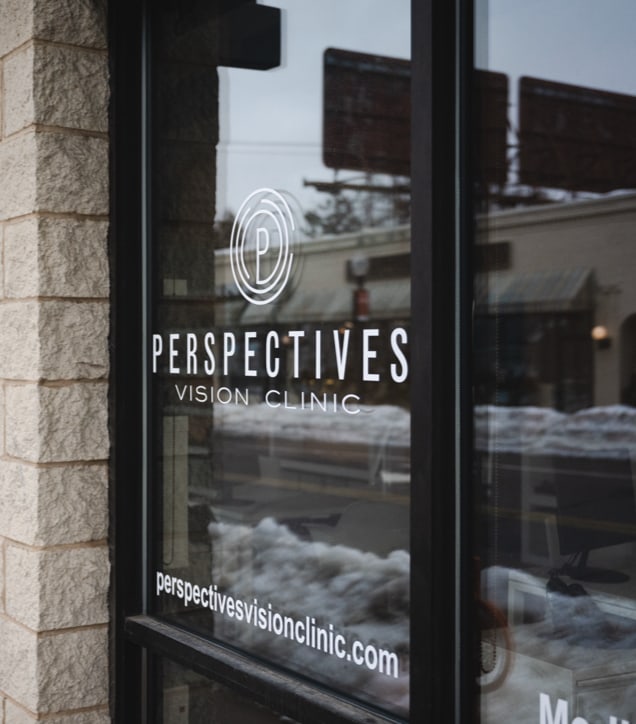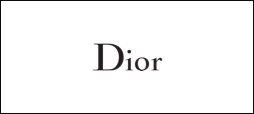Changes in your eyesight can be unsettling. Maybe reading feels more challenging, or objects at a distance aren’t as sharp as they used to be. It’s natural to be concerned—clear vision is an important part of your quality of life. So what could be making your eyesight worse, and how do you tell when it’s serious?
Your eyesight may be getting worse due to:
- Presbyopia and refractive errors
- Cataracts
- Age-related macular degeneration
- Glaucoma
If you ever notice a significant change in eyesight or any discomfort, visit your optometrist as soon as you can. A proactive approach is key to preserving your eyesight.
Are Vision Changes Normal with Age?
It’s common for vision to change as we age. The eyes, like the rest of the body, go through natural wear and tear over time. This isn’t always serious, but it does mean certain changes are expected over time.
Sometimes, these changes are small. It could just be your eyesight worsening slightly. However, there are certain eye conditions to watch for—they can have long-lasting impacts on your eyes and vision.
Presbyopia & Refractive Errors
Presbyopia is an age-related change in the eye. It’s the gradual loss of ability to focus on nearby objects. Presbyopia is mainly caused by the stiffening of the lens in the eye—a natural part of the aging process.
Presbyopia is recognizable by:
- Difficulty reading small print, such as books or labels
- The need to hold reading materials farther away to see clearly
- Eye strain or headaches after reading or doing close-up tasks
- Blurred vision at normal reading distances
It’s also highly treatable through prescription lenses. These help adjust light and accommodate your natural vision issues.
Refractive Errors
If you live with myopia (nearsightedness) or hyperopia (farsightedness), vision changes are common over the years. These are caused by a problem with the shape of your eye and cornea.
Usually, these conditions are diagnosed when you’re younger. They can also be corrected with prescription lenses. However, if your vision is gradually worsening, visit your optometrist. They can update your prescription, look for other possible conditions, and even walk you through laser eye surgery if you qualify.
Cataracts
Inside your eye, there’s a clear lens. It’s responsible for focusing light to reach onto your retina. This lens is naturally clear, but it can cloud over the years. This condition, called cataracts, impairs light as it passes through the eye and creates dull, faded spots in your vision.
You can recognize cataracts by:
- Blurred or dimmed vision.
- Increased difficulty with vision at night.
- Seeing halos around lights.
- Fading or yellowing of colors.
While cataracts can cause vision changes, they’re also highly treatable. Cataract surgery, one of the most commonly performed surgeries worldwide, can replace this clouded lens and restore your vision.
Glaucoma
Glaucoma is a group of eye conditions that damage the optic nerve. This subtle problem often develops due to increased pressure inside the eye. Glaucoma often develops gradually, so it’s easy to overlook.
There are two several types of glaucoma:
- Open-angle glaucoma, which progresses slowly over time.
- Angle-closure glaucoma, a less common but more sudden and serious form.
- Normal-tension glaucoma, which develops even when eye pressure is normal.
- Secondary glaucoma, which develops due to other conditions.
Early detection is key for this condition. It’s difficult to notice at first, so regular eye exams are needed to catch it before it causes vision loss.

Age-Related Macular Degeneration
Age-related macular degeneration, or AMD, impacts the macula. This is the part of your retina responsible for clear, central vision. AMD affects tasks like reading, recognizing faces, or seeing fine details.
There are two types of macular degeneration—wet and dry—each impacting vision differently.
- Dry AMD, the most common type, slowly deteriorates the macula over time. It causes central vision loss, making it more difficult to see fine details and colors.
- Wet AMD is less common but more critical. Abnormal blood vessels grow under the retina, leading to rapid vision loss if untreated.
AMD has no cure, but early detection can help slow its progression. Lifestyle changes can help lower the risk of AMD and slow progression as well.
Signs You Need to Visit an Optometrist
Some vision changes are common, but others require immediate attention. When it’s time to reach out for professional help, contact your optometrist, especially if the symptoms suggest a more serious issue.
Some serious or unusual symptoms include:
- Sudden or significant vision loss.
- Persistent blurriness that doesn’t improve with glasses or contacts.
- Eye pain, redness, or swelling accompanied by vision trouble.
- Frequent changes in prescription strength over a short period.
- Spots, flashes of light, or other unusual disruptions to your vision.
If you notice these or any other troubling symptoms, don’t ignore them. Immediately contact your optometrist for an emergency eye exam.
Protecting Your Vision—Together
Your vision deserves care and attention just as much as the rest of your health. You should never ignore the signs of something wrong—your eyes are sensitive, so they should always be a priority. If you’ve noticed any vision changes, don’t wait. Contact our friendly team at Perspectives Vision Clinic. Your eye health is a top priority, so book an appointment with us today!










